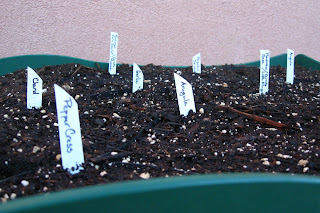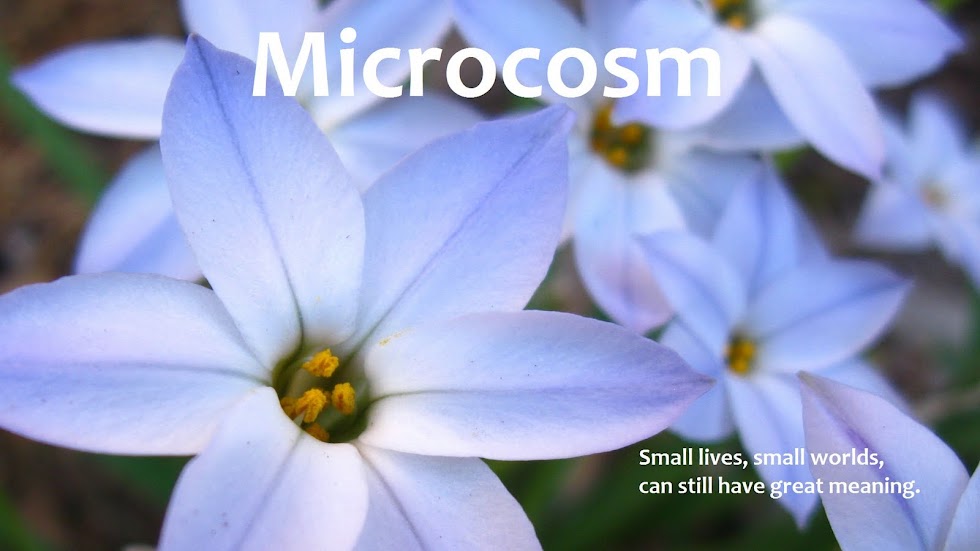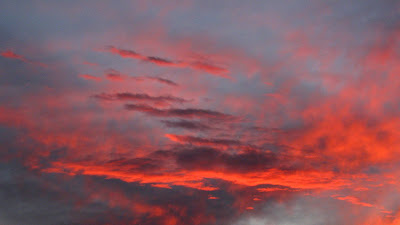I've given up trying to find the source of the quote that changed my life this week. I read it in a gardening book a few years ago and am hazy now on the exact wording, but the gist of its wisdom was, "Whenever you're about to begin a huge garden task, stop first to contemplate why the universe made teenage boys."
Fortunately, as I was trying to decide which day of my life to devote exclusively to a bag or two of dirt, that quote about teenage boys came to mind, and its brilliance lit the way before me to one of my favorite local garden centers. If I had been in doubt before, I would have remembered then why it was a favorite place. Before I had spent 30 seconds looking thoughtfully at the mountains of dirt, a pleasant and helpful young man came to my aid. Without any nudging, he offered to load the bags onto the wagon, then pulled it over to the cash register himself, waited while I paid, towed the wagon to my car, and cheerfully loaded everything into the trunk. He even gave me a friendly wave as I drove off. When I reached home, I still had energy to unload the car, mix the soils, and fill the garden. It is planted and ready to go, eight square feet of hope in seed form.
 So to those of you who may be pleasant and helpful young men, or who may have been so at one time, or who are just pleasant and helpful people in general, my hat is off to you. You give an amazing gift that makes an immediate difference in someone's life—and when you do so while making cheerful small talk, throwing in the occasional one-liner, and acting as if there's nothing in the world that you'd rather be doing, you make the gift a thing of beauty as well—a real grace. Thank you.
So to those of you who may be pleasant and helpful young men, or who may have been so at one time, or who are just pleasant and helpful people in general, my hat is off to you. You give an amazing gift that makes an immediate difference in someone's life—and when you do so while making cheerful small talk, throwing in the occasional one-liner, and acting as if there's nothing in the world that you'd rather be doing, you make the gift a thing of beauty as well—a real grace. Thank you. And bless you.
________________________________
I've been thinking of helpers even more this week because Diana at Elephant's Eye nominated me for a "Stylish Blogger" award. I've long admired Diana for the way she routinely, habitually supports other bloggers—she sees blogging (so far as I can tell) as both an individual and a community endeavor. She offers informative glimpses of life in South Africa, especially of the wildlife, as well as of her lovely garden, but at the same time (and often intermixed with Jurg's magnificent photos), she situates her work in the larger community.
Any meme has its rules, of course; in this case to link to other bloggers and to give some information about myself. Shall we start with the most pleasant option first? I've recently joined Blotanical and come across some really lovely blogs there.
One of my favorites is Carol Duke Photography. I love the way Carol shows a detailed section of an image first, focusing your attention on the lights, colors, and abstract forms that exist in the natural world before "distracting" you with the actual subject of the photo. She has some more recent entries, of course, but this link is the one that captured me first. (Carol writes another wonderful, naturalist blog, too, Flower Hill Farm.)
As a former music historian, I very much enjoy Landscape Lover's writings. It's likely that the same people were commissioning both the landscapes she studies and the music that I did; there's something pleasantly familiar in the overlap. I've also enjoyed her recent exposés of gardens in Marrakech.
Fuzzy Foliage is a blog entirely about African violets and other gesneriads. I'm a generalist, myself (which, oddly enough, is why I went into music history), and so am awe-inspired by anyone with a singular, whole-hearted passion, and when the writer is not only impassioned but fun and free of snobbery, her enthusiasm speaks volumes.
Getting Dirty writes well of wind and rain in Tennessee, and, more recently, of seedlings responding to peer pressure.
On the Lettuce Edge recently posted about a lovely Jewish blessing for first occasions.
Green Apples Garden made an emphatic plea to Mother Nature to let spring in the door, which was just as emphatically rejected.
Outside Blotanical, a blog I'm fond of is Saltaire Daily Photo. Jenny's love for her town of Saltaire, a UNESCO World Heritage Site in the north of England, is apparent in every post.
Suz at A Garden Wench combines lovely images in words and photographs. No one will be more surprised than she to receive this mention—I just discovered her recently and haven't yet been able to come up with anything more profound to say than, "Aahhh," which I have done only in the privacy of my own home.
I hesitate in a way to mention anyone in the "Troupers" section of my own blog list—they are all people making lives for themselves despite debilitating illness, and they are likely to be overwhelmed by outside attention. They rely on their blogs for contact with the outside world and for support and understanding and community, but they don't necessarily seek a wide readership. Even so, I honor Dominique at 4 Walls and a View, because of her constant efforts to raise awareness of CFS/ME in the wider community. Despite some horrific setbacks of her own, she recently launched invisibleawareness.org, an effort to bring the lives of those with CFS/ME to the attention of a wider world.
And finally, a blogger I'm much indebted to is Michelloui of The American Resident. At one point she remarked that blogging was the only field of endeavor she could think of where being good to others was rewarded, where one's success depended on one's own generosity. It was that remark that convinced me to start blogging myself, because the blogging community sounded like a place where I wanted to belong.
_______________________________________
Oh, dear. The facts about myself. I suppose I find this awkward because my blog has mostly comprised "set pieces"—a series of essays in which I might reveal something of myself, but where, for the most part, the "fourth wall" of theater has stood firm. To go informal all of a sudden is a change that's kind of startling—not unpleasant, just disconcerting. With that bit of squirming out of the way...
1) The latest anyone on either side of my family came to the United States (or the colonies, as they were then) was ~1730. Since then, if I have my facts right, no one has stayed in the same town for two generations running; they have ranged from Vermont to California; from Florida to Washington. I have a bit of a problem with wanderlust.
2) If the opportunity for space exploration were available, I would take it. In a heartbeat.
3) In addition to being a music historian, at one point (like half the population, apparently), I was a professional radio announcer. My favorite work of all time, except for the hours, hands down.
4) I grew up in a family that named its wire-hair terrier/dachshund mutt "Phydeaux." That should tell you a lot about my parents (in a good way).
5) Leaving musicology and in essence throwing away a Ph.D. because of my health was one of the hardest and best things I've ever done. Lesson learned: you never owe a job or a career your health.
6) My favorite charity is Heifer International. I value independence and self-determination, and I think Heifer gives those things both to individuals and communities—and I think it gives women, especially, opportunities they might not otherwise have had. (Locally, I prefer literacy-oriented organizations like Albuquerque Reads—New Mexico has a terrible track record for education.)
7) Writing this list has taken me longer than the rest of the post altogether...

















